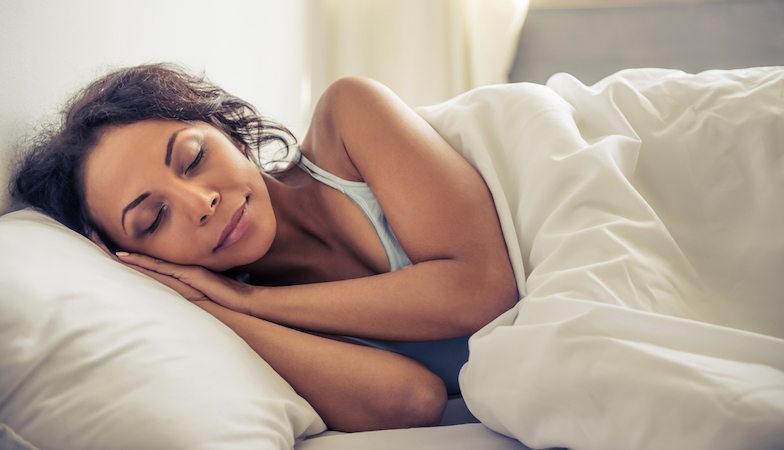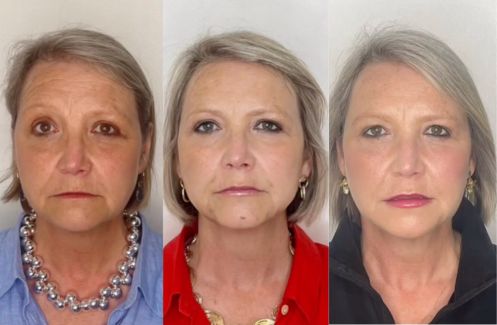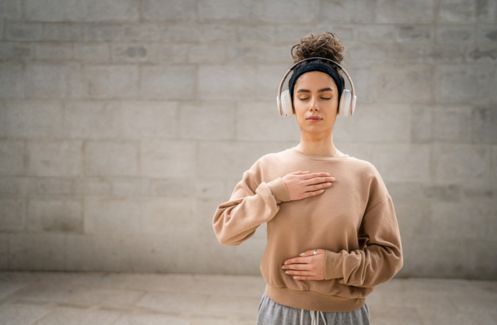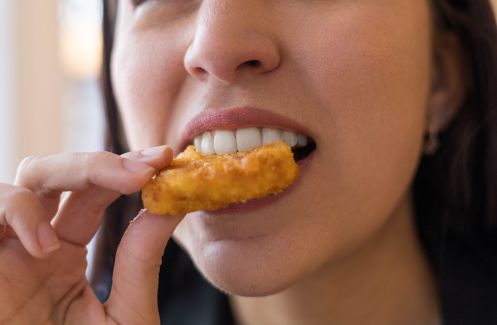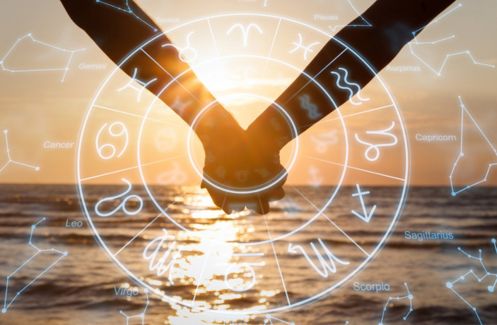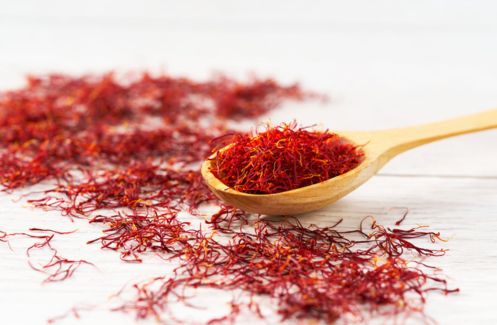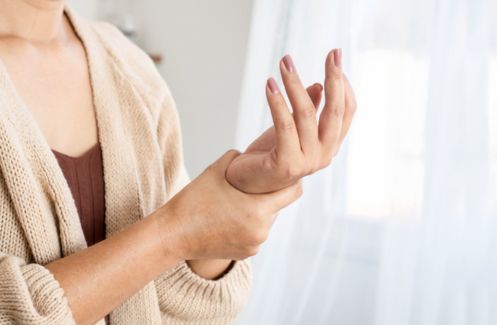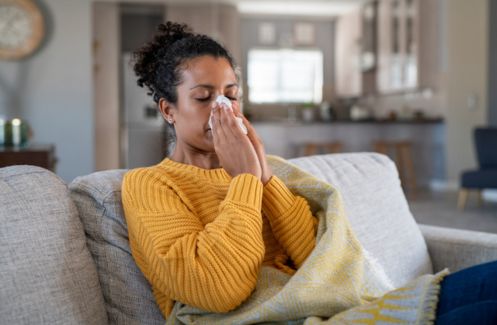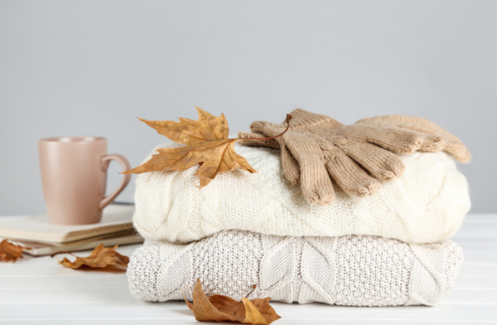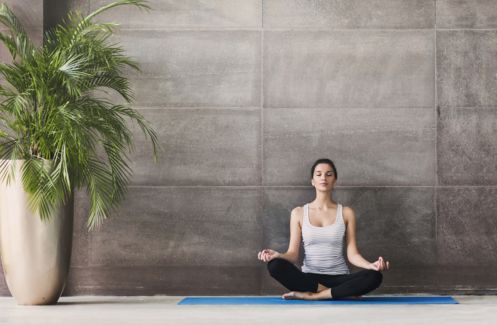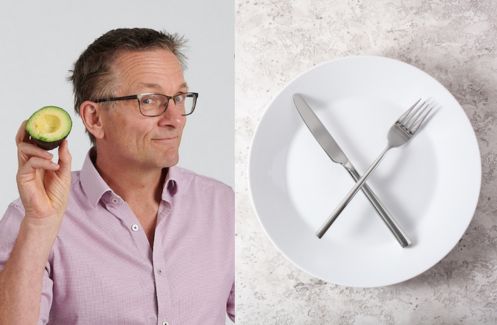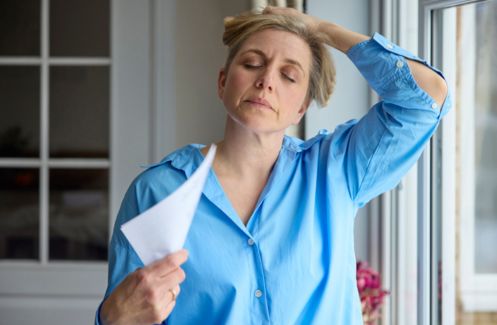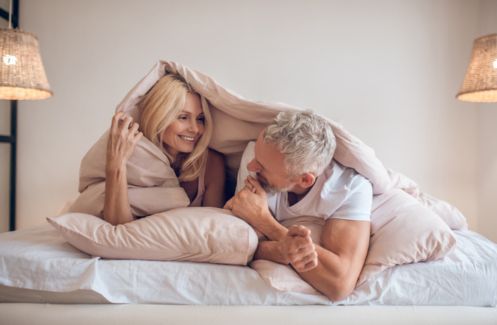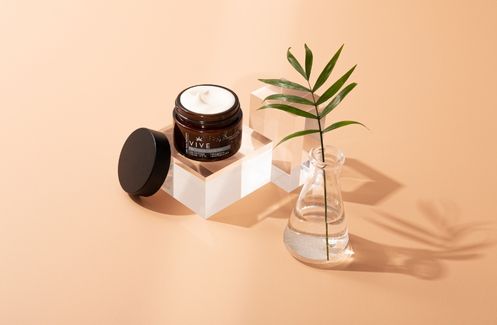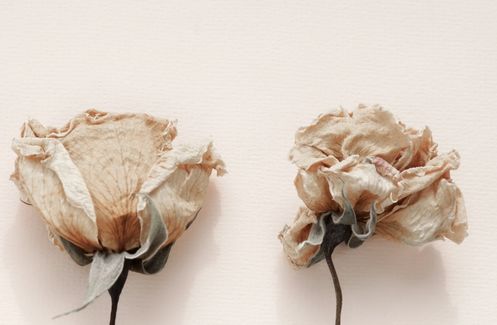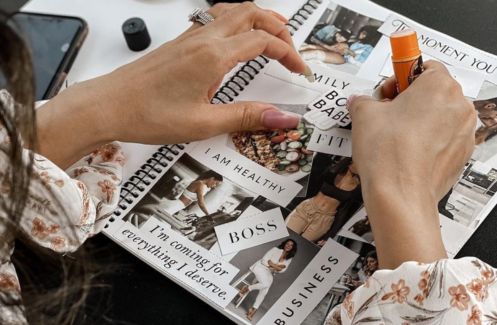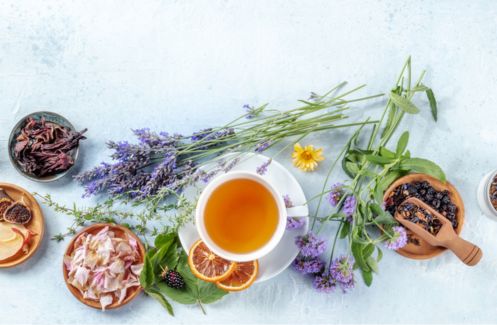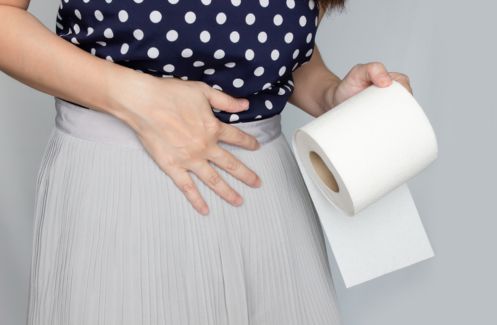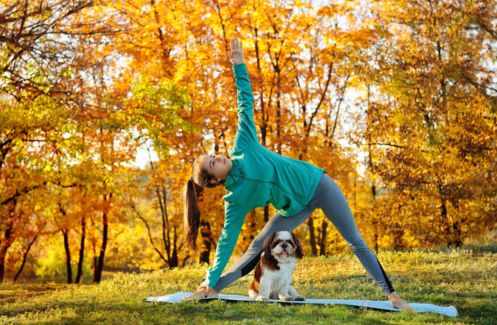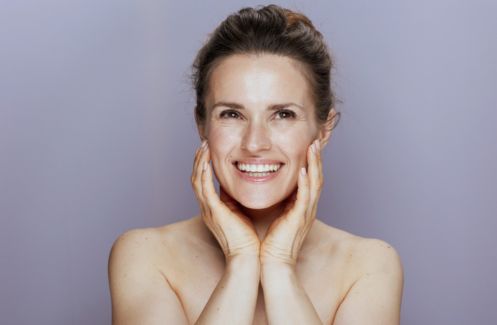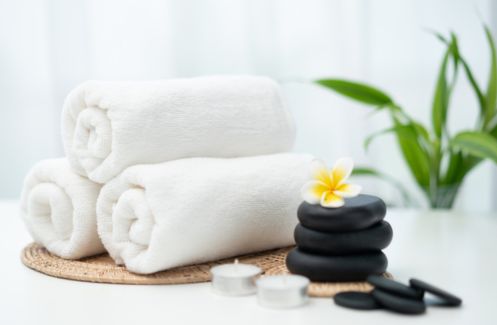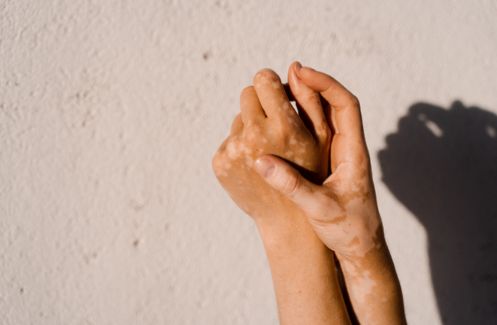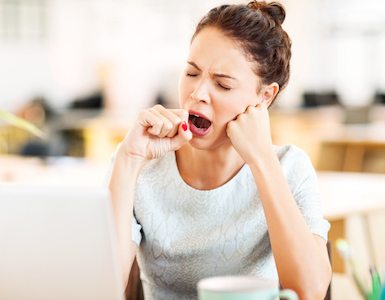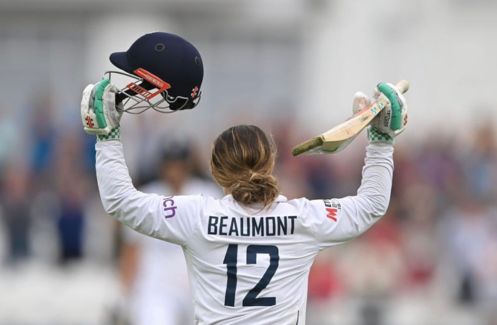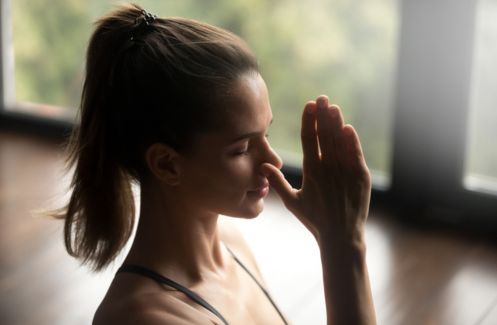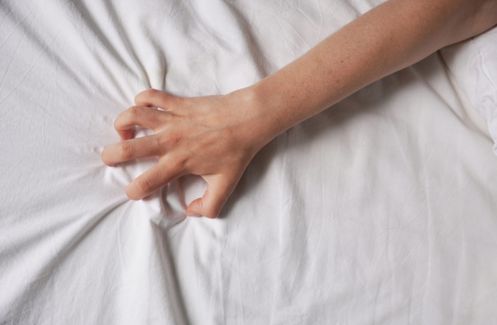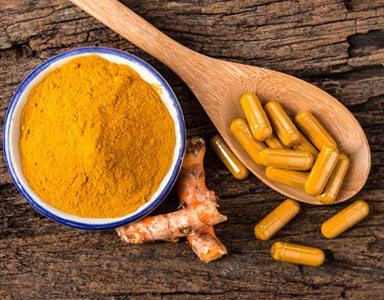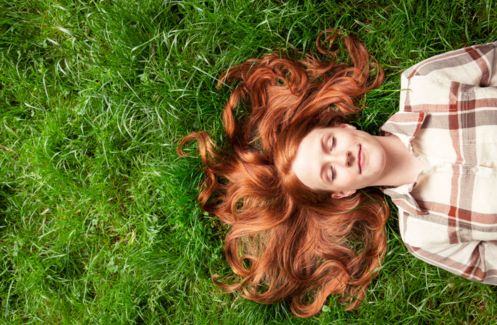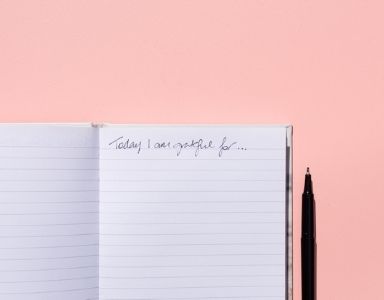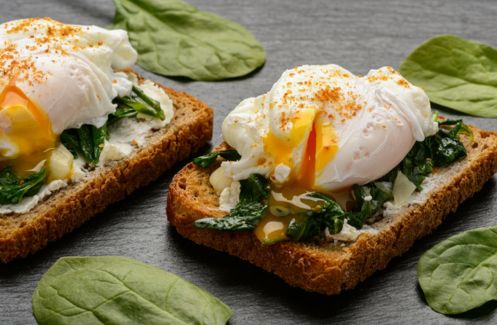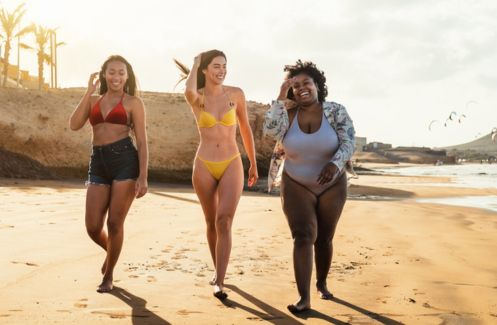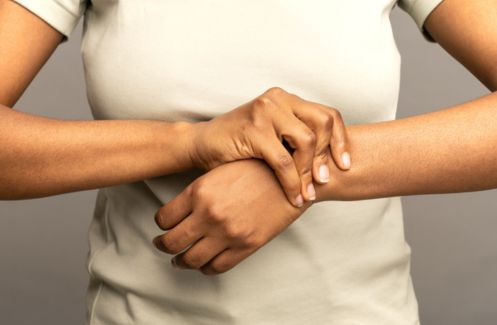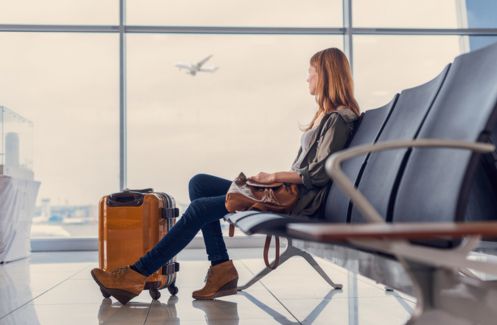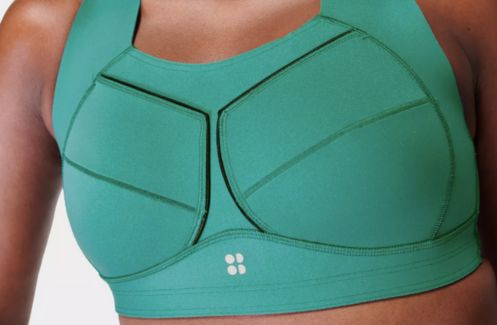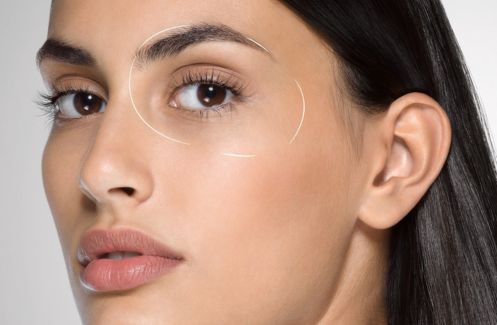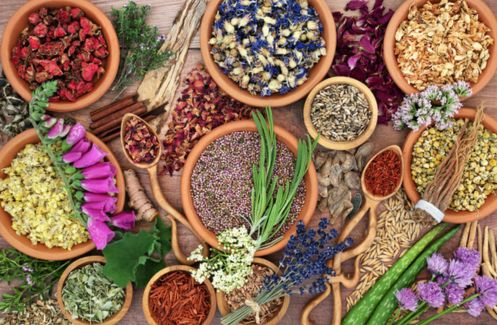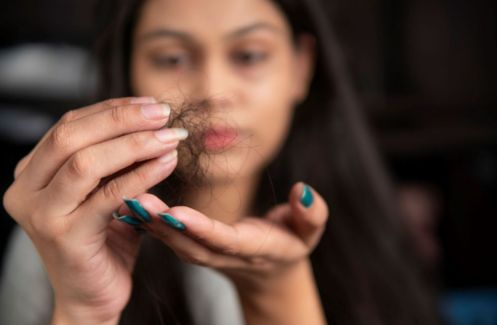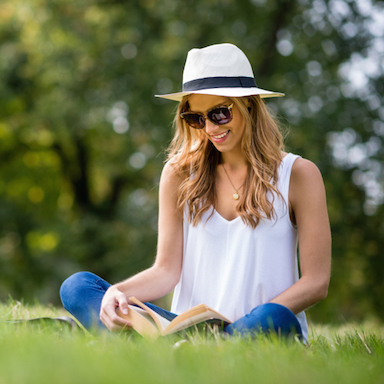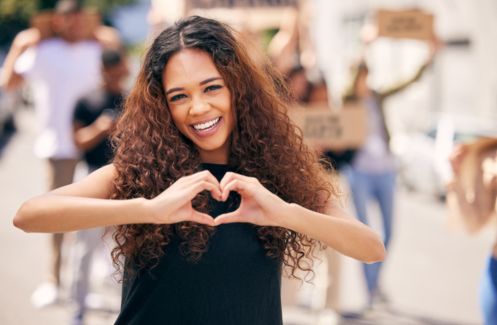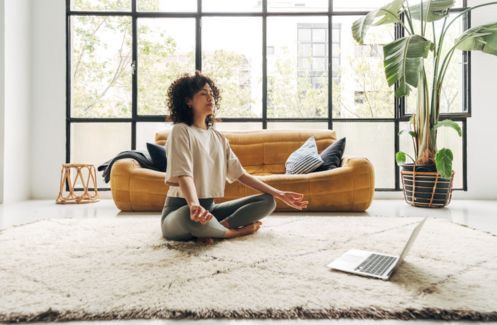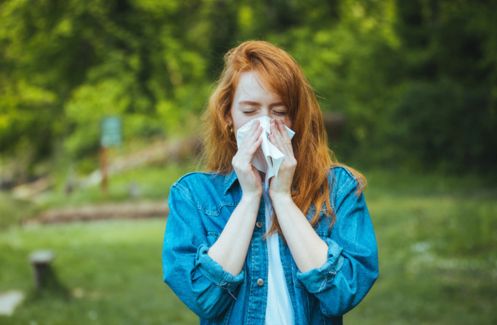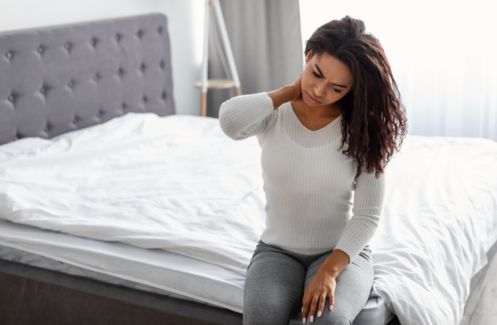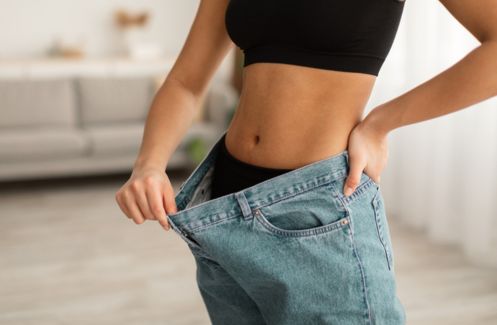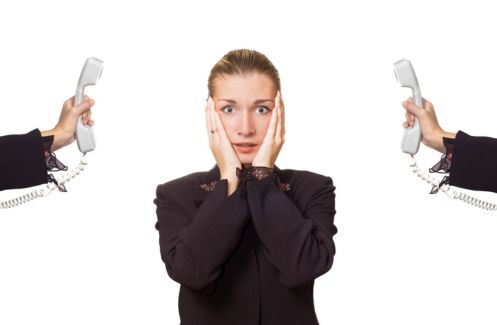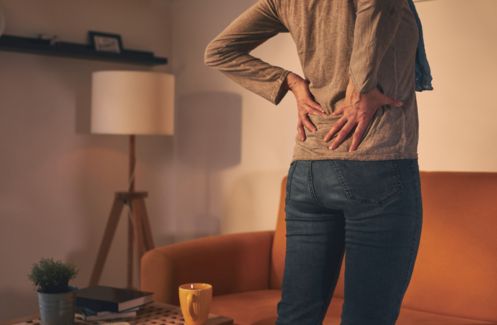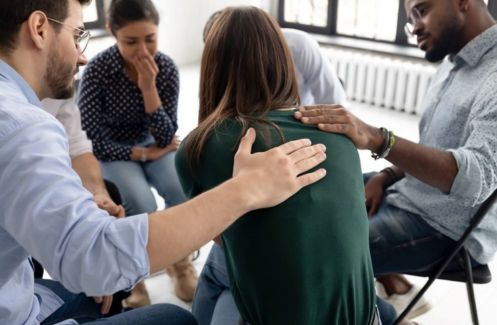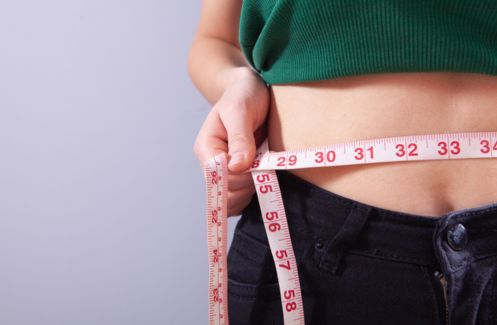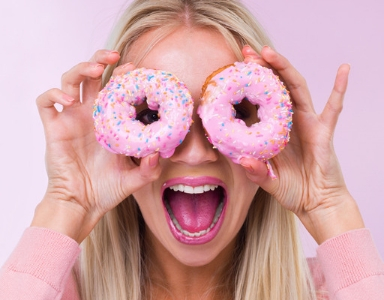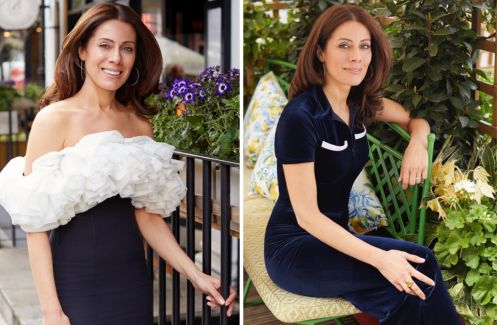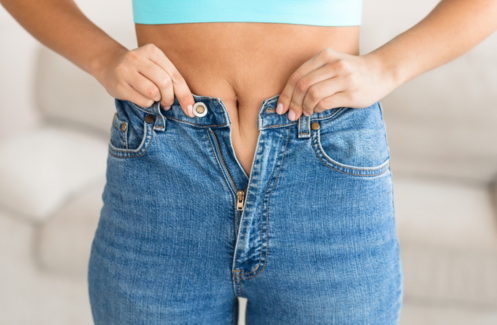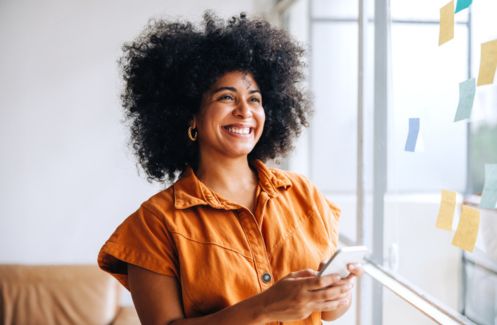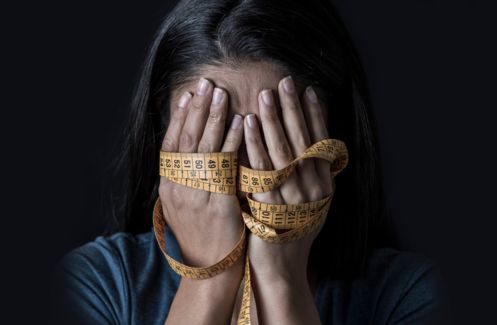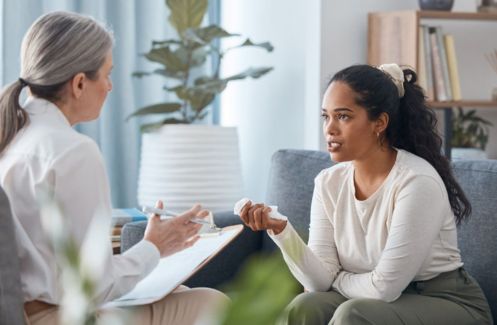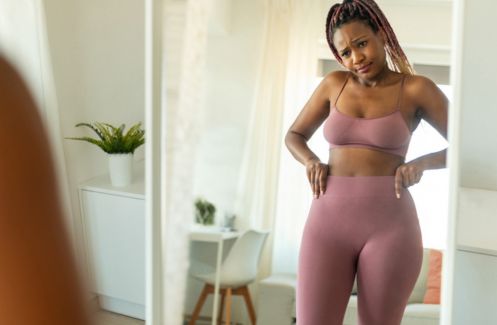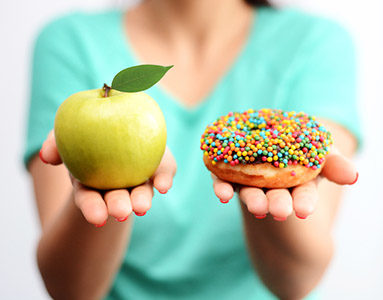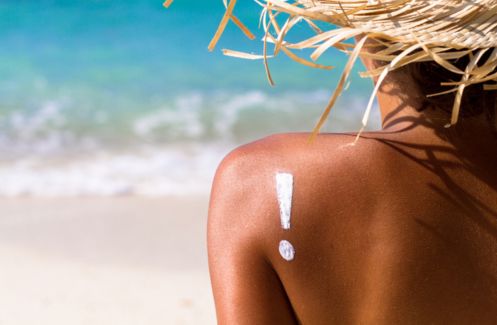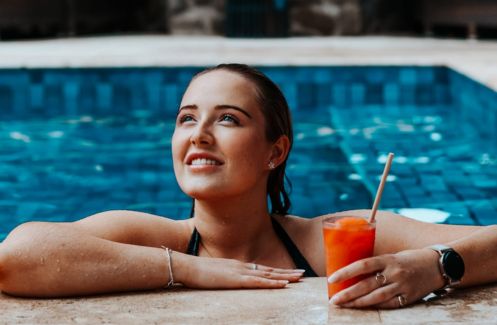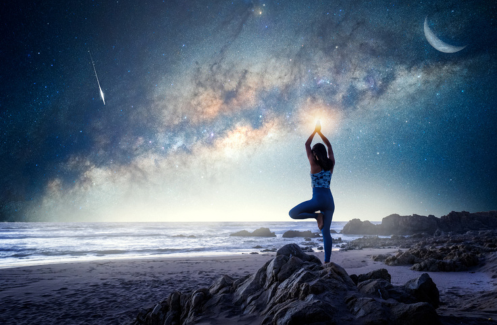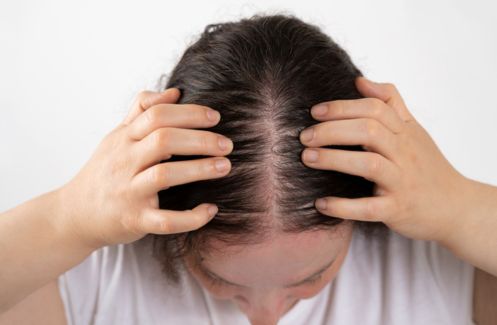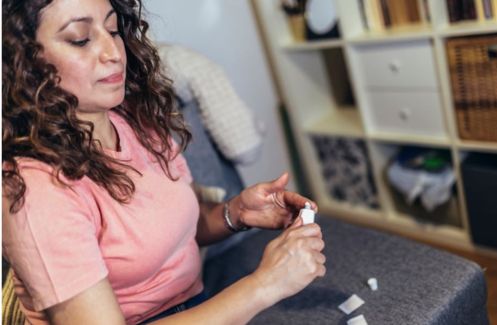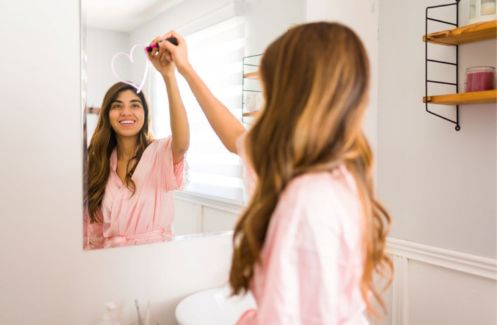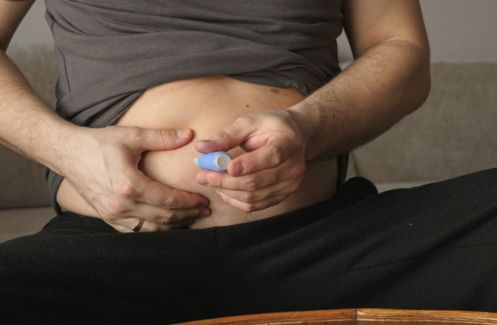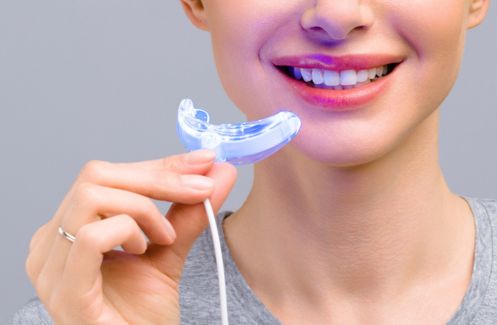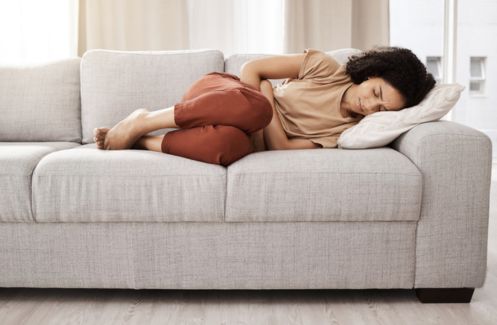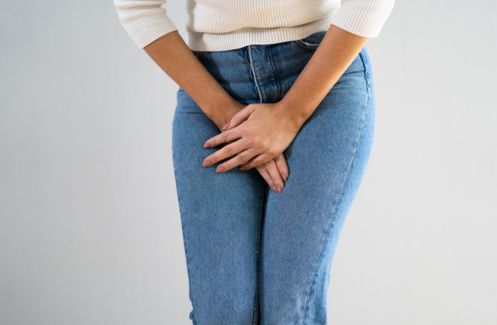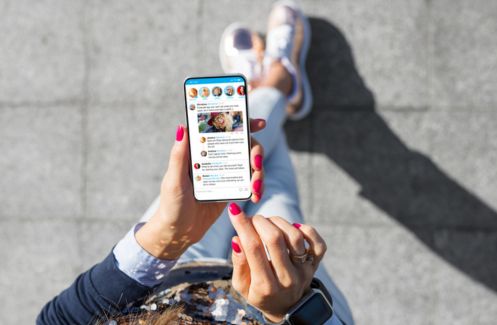Heard of ASMR? The so-called ‘whisper therapy’ taking the world by storm could help your insomnia, stress and anxiety. Healthista writer Amanda Lundgren reports
One year ago, I was lying in bed trying to fall asleep. Per usual, it wasn’t going well.
I’d been struggling with insomnia on and off since I was seven years old. Usually, it would come in waves that would last for about a week. I would lie awake in bed until one, two, sometimes three in the morning.
When I went off to university, it became a regular occurrence. For some odd reason, university students like to stay up until the wee hours of the morning on school nights. I didn’t want to miss out on the fun, so I joined them. One can imagine how this affected my sleep. I often skipped my 9:30 a.m. statistics class, which was a mere five-minute walk from my hall, simply because I was too tired to get out of bed.
It was like the on/off switch to my brain was broken.
I finally decided that it was time to get my sleep schedule back to normal. I started going to bed at 10:30 p.m. every night and taking melatonin, a natural sleep aid. It worked amazingly, and I felt well-rested in the mornings. But eventually, I once again began to struggle with the initial ‘falling asleep’ part. As soon as my head hit the pillow, my mind turned on, and I started thinking about all of the things that happened that day, all of the things I needed to do tomorrow and what was coming up on my schedule for the coming weeks. It was like the on/off switch to my brain was broken.
Then one night I was watching a ‘night time routine’ video on YouTube. The video maker mentioned that she sometimes watched ASMR to help fall asleep. ‘ASMR?’ I questioned. ‘What the heck is that?’
After a quick search on YouTube, I came across a video titled ‘Whisper Relaxing Hair Play.’ Intrigued, I clicked on it. I watched as an unidentified woman played with another woman’s hair. She ran her fingers through it, twisted it, brushed through it and even gave the woman a shoulder massage while whispering quietly. It reminded me of the times my mother would brush my hair before bed when I was a child. Within minutes, I felt calm and relaxed. The sound of hair being brushed was oddly satisfying; it created a tingling, almost goosebump-like feeling, similar to when I hear someone walking on crushed gravel or feel someone tracing my back with their fingers. I fell asleep before the video even ended.
I woke up the next morning with the feeling that I had discovered something magical. For once, I was able to lie in bed at night completely relaxed without my brain racing with thoughts. I quickly became addicted, and from that day on I began watching ASMR every night.
I woke up the next morning with the feeling that I had discovered something magical. I was able to lie in bed at night completely relaxed without my brain racing with thoughts.
So, what exactly is ‘ASMR’?
ASMR stands for ‘autonomous sensory meridian response.’ In other words, it’s an uncontrollable sensory response to a certain trigger. The feeling is described as a tingling sensation that starts inside of the head and moves down the spine. It often elicits positive emotions and relaxation. Essentially, ASMR is the feeling most people get when they hear a pleasing sound. The term was invented in 2010 by a woman from New York named Jennifer Allen when she created a Facebook group titled ‘ASMR Group.’ However, ASMR has been around long before it had a name. In fact, Virginia Woolf described the sensation in her novel Mrs Dalloway. In an interaction between a nurse and patient, the nurse speaks ‘deeply, softly, like a mellow organ, but with a roughness in her voice like a grasshopper’s, which rasped his spine deliciously and sent running up into his brain waves of sound.’
Not much is known about the science of ASMR. Several academic theses and peer-reviewed articles have been published, but there have not yet been any clinical trials done to determine evidence of ASMR and its benefits. The number of people who experience ASMR is still unknown, but judging from the fast-growing community on YouTube, there are millions who do. Some channels on the site, such as Gentle Whispering ASMR and ASMR Darling, have more than half a million subscribers. Many people call these tingle-inducers ‘ASMRtists.’
Emma Smith, 38, is a London-based ASMRtist. With her fire red hair and Northern accent, her viewers know her as WhispersRed ASMR on YouTube.
Smith discovered ASMR for herself in 2012. When a car accident left her with sleeping troubles, she started looking for relaxation videos on YouTube. She found ASMR, and her life was changed.
‘It was quite a revelation for me,’ Smith says. ‘This was the name for the feeling I had experienced my whole life! That moment kickstarted a process of self-realisation for me, and I will be forever grateful for it.’
Smith says she’s been experiencing the tingling sensation since she was a child.
‘Whether sitting on my own feeling it from sounds in the background at home to enjoying having my hair played with, it was quite an escape for me,’ Smith says. ‘I even used to drift off in the classroom and completely miss what the teacher was saying just because another class member was playing with their crayons.’
After creating an ASMR Facebook group for people in the UK, Smith decided to start her own channel in 2013. Almost four years later, she’s made more than 277 videos and amassed over 265,000 subscribers. Smith says her videos help people sleep and feel calm and relaxed. They also bring awareness and appreciation to the small things in life.
‘I believe the reason we often feel we need an abundance of “stuff” is because we’re not always able to appreciate what we already have,’ she says. ‘If I make a whole video slowly describing one small item, we are encouraged to see the joy in it. It’s wonderful to start valuing the things that we have rather than adding value to things we don’t and often don’t even need.’
Although not everyone gets ‘tingles’ from her videos, the benefits Smith’s viewers describe are far and wide. Some say the videos help their insomnia, while others watch to relieve anxiety and depression.
‘I feel as though it’s also a very loving experience,’ Smith says.‘We feel it when we are nurtured, and now ASMR is more widely known so I feel as though I am giving love to so many. The way I am in my videos is the same way I am when putting my children to bed. It’s such a privilege for me to be able to give the same kindness and calm to others, too.’
The way I am in my videos is the same way I am when putting my children to bed. It’s such a privilege for me to be able to give the same kindness and calm to others, too.
Krisztina Farago first learned what ASMR was when she watched an interview with Smith on Loose Women in July 2014. Farago looked it up that night and discovered that she experienced the tingling sensation. Within weeks, she noticed that she needed less sleep and was happier and more relaxed. Farago liked the ASMR videos, but she wanted something more powerful.
‘I noticed that videos don’t always trigger a strong ASMR sensation because I have to focus, listen and watch in order to get the tingles,’ Farago says. ‘I have to be an active participant. When I get a massage, it’s almost passive; I can relax. It helps to experience a much more powerful and intense ASMR sensation.’
She tried to find a massage therapist who did ASMR massages, but, to her surprise, no one offered them. She then decided to start giving them herself. Farago attended massage courses and developed a technique based off of her favourite personal triggers. After practising on her flatmate, she started taking clients.
‘In my treatment I only touch the face, scalp, shoulder and arms,’ Farago says. ‘I use natural lift facial massage moves, a very few Indian head massage moves and reiki. I also use makeup brushes on the areas mentioned above. I gently run the brushes on the face, ears, neck and arms.’
Farago says her clients experience a calming, full-body tingling sensation, and they sleep better, longer and deeper. The most common benefit of Farago’s massages, however, is stress relief.
‘The effect most guests experience is the stress disappearing from their body and mind,’ she says. ‘A few people described it if they were in a completely different but very pleasant dimension.’
The effect most guests experience is the stress disappearing from their body and mind.
There’s no denying that ASMR isn’t for everyone. My mother, who also has trouble sleeping, absolutely hated it. ‘The whispering is so annoying,’ she told me. My colleague could barely listen to a video for five seconds before she ripped the headphones out of her ears, shuddering at the soft-spoken tone. Even I was weirded out at first. Having someone whisper in your ears does feel a bit creepy, I’ll admit. But once I got over my initial apprehensiveness, I was able to let go of my thoughts and drift off easily.
It’s been almost exactly one year now, and I continue to watch ASMR every night. In combination with my nightly dose of melatonin, it works like a charm. Sometimes I feel a bit desensitised, and it doesn’t always work like it used to. But even on nights when I don’t get the tingles, I still manage to fall asleep after one or two videos. And I still feel surprised when I wake up and realise how quickly I fell asleep the night before.
Although the science of ASMR isn’t fully understood or proven, the thousands of personal accounts affirming its stress and anxiety relieving, calming, sleep-inducing effects show it’s not just pseudoscience. Is it unconventional? Certainly. But does it work? For a lot of people, yes. Whether you’re struggling with insomnia, anxiety or just general stress, ASMR might just be the answer to your problem.
Have you tried ASMR? Tell us your thoughts on Twitter and Facebook.
READ MORE:
4 things that help you sleep (from a reformed insomniac)
Could floatation therapy help your anxiety? Sufferer Anna Baron tried it out and says YES
Like this article? Sign up to our newsletter to get more articles like this delivered straight to your inbox.



